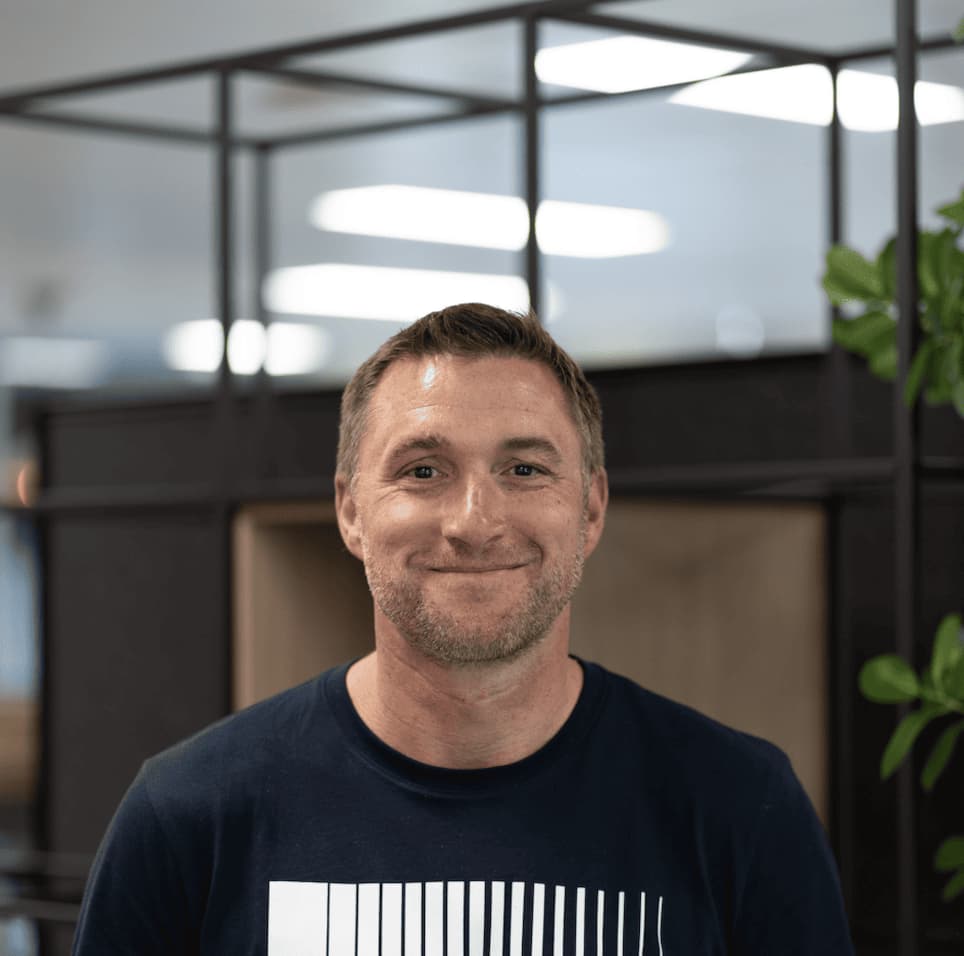On the Protection Platform, we see differences in age when buying protection insurance. These contrasts exist as people move through life stages. A new house or job, marriage, children, estate, or funeral planning. And these new responsibilities bring with them changing financial needs.
We also know that as we get older, the probability of an insurance claim is larger, and this risk is shown in higher insurance premiums. So, it's no wonder that when we see evolving life responsibilities with premium differences, there are disparities in age-related product purchase decisions.
At UnderwriteMe, and through our Protection Platform, we have a wealth of product and demographic data, so we thought we'd look at buying trends over the last 5-years through the three traditional core products, Life cover, Critical Illness, and Income Protection. We separated people into 3 broad age categories - the 18- to 29-year-olds, 30-to-49-year-olds, and the over 50's, and the trends we found were interesting.
What we see is that over the past 5 years, there has been a steady 4% to 7% increase in sales to the over 50s across all three products. We know that the average maximum age for a mortgage has increased in that time, as has the average age of obtaining a mortgage. Advisers tell us that more over 50s are now asking about a new mortgage, but that only a small number of those enquiring think it's possible to take one out. The Protection Platform will give an underwritten quote for those over 80 from a range of insurers and insurance products that cover up to age 90.
Supplementing that steady increase is a small uplift around 2021, just as we were in the middle of Covid lockdowns. We went through a pandemic where the strongest risk factor for severe outcomes was the age of a person. Perhaps this focused older applicants on the financial security of their families and a better sense of their own personal value. The ageing population and economic instability have forced people to look at their own mortality, but more importantly, insurers to be more innovative.
In the same period, apart from a dip during Covid, sales to 30- to 49-year-olds have stayed the same.
But, what about younger applicants? We can see that sales of protection products to the under 30s fell by around 5% over the 5 years, again with a more pronounced dip around 2021. Certainly, amongst the young, there are changing attitudes towards home ownership versus longer-term renting. But what if the converse is true of the over 50s? What if the age risks associated with the pandemic have given the young a sense of perpetuity, and that "it'll never happen to me" attitude that is already seen as a blocker to protection sales in the young.
Kathryn Knowles, Protection Adviser, Cura commented:
"We seem to be in a never ending cycle of not being able to engage with younger generations for protection insurance, with the ages of 30 and up being the key time that people start to consider cover. As an industry we really need to develop new approaches to engage with younger people, especially when it comes to income protection which is often the primary need. Social media can be a really good way. It's a good idea to get some advice before you start doing it as it can give you an incredible return, but it can also use up a lot of time and resources."
Whatever the causes of these trends, whether health, or economic-driven, there are clearly opportunities in potentially underserved and declining markets such as those under the age of 50, and other opportunities for the over 50s. And, for insurers to be flexible and innovative in their product design.
